Frederica Freyberg:
In COVID-19 news, Milwaukee is reinstating mask guidance and Dane County is extending the emergency hotel shelter program for those experiencing homelessness. These measures as Wisconsin topped 2,000 positive cases over one day this week. A number not seen since early June, according to the Wisconsin Department of Health Services. The state’s official positivity rate sits at over 13%. But that’s certainly an undercount with at-home test results not appearing in these numbers. Where are we headed with this enduring pandemic at this point? We asked national expert Michael Osterholm, director of the Center for Infectious Disease Research and Policy at the University of Minnesota. He joins us from Minneapolis. And thanks for being here.
Michael Osterholm:
Thank you.
Frederica Freyberg:
So what are the estimates for how big of an undercount it is in positive cases currently posted on public dashboards?
Michael Osterholm:
We just really don’t know. I will have to say, using that old rural Wisconsin approach to understanding life where you wet your figurer and put it up in the air and that’s how you determine which way the wind is coming, that’s pretty much what we’re doing right now in terms of looking at COVID cases. We have major undercount occurring because people are not getting tested, using the kinds of testing systems like the PCR testing system that would give you results that get reported. As you noted, many people who are using at-home testing, those results, first of all, are somewhat challenging. We know a lot of people right now are testing negative when in fact they have positive. In addition, they’re not getting reported. So I would say at this time, it’s clear there are many, many more cases occurring in the community. I personally know of more people in my own life right now that are infected than Ive seen at any time in the entire pandemic. So the one thing that we are using right now as a measure indirectly of what’s happening is hospitalizations and deaths. And unfortunately both of those are creeping up quickly throughout the country.
Frederica Freyberg:
Our state lab says that the BA.5 variant is now the dominant one. What do we know about this variant?
Michael Osterholm:
Well, as we’ve been talking about on this very show for the better part of the last two years is that this virus continues to throw 210-mile-an-hour curveballs at us. BA.5, which is a subvariant of Omicron, is now one that can evade the immune protection not only of the vaccines but in addition, even those who had BA.1, the earlier subvariant of Omicron in December and January are now getting infected with BA.5. So this is one of the issues we have with the COVID situation is in fact that the immune evasion of these newer variants is really a problem for us in terms of just understanding just how many new infections will occur, what will happen. We just don’t know at this point.
Frederica Freyberg:
So quoting from an Atlantic article I just read, “more variants mean more infections, more infections mean more variants.” How does this cycle look moving forward, say, into the fall?
Michael Osterholm:
Well, it’s clear that, you know, you can’t get to the point eventually of where, you know — all you have to do is look at somebody across a football field and you get infected. That’s not going to going to happen. But each time a variant emerges and takes over, it’s because they have a better fitness, meaning they’re more infectious. They’re more able to evade immune protection. As so we’re going to likely continue to see not only with Omicron — what will be after BA.5? Will we have a BA.7? We’re now looking at a BA.2.75 which may actually have some additional properties beyond BA.5 to make it the dominant variant. But we also have to be concerned about what we call Pi or Sigma. As you know, we name these variants after Greek letters. What’s next? We don’t know. And so I think we have to expect at this point the unexpected. When we talked on this show a year ago, who could have imagined Omicron? Who could have imagined how it would be so highly infectious and spread through our communities? Well now fast forward. What will it be like next winter? What will it be like next fall. We don’t know. All I can tell you is while the U.S. is done with the pandemic. Look across the board. The citizens are done with it but the virus isn’t done with us yet. That’s what we’re trying to reconcile.
Frederica Freyberg:
It seems that folks have pretty much quit wearing masks. Should we be?
Michael Osterholm:
Well I’ll tell you right now, I still wear mine if Im in a public setting where I may be exposed to someone else’s air. And we are seeing many, many cases right now occurring from being in public settings where people are not wearing any kind of respiratory protection. Even those who think if I just take it off for 45 minutes to eat in a restaurant, Im okay. That’s not true. We have many cases occurring there. What the challenge is right now, is if these are milder illnesses, as a number of them are, people say well, that’s the price of life I pay to live in a world of COVID. I want to live my life. We all understand that. I want to do that. But if you’re someone who’s at risk for serious illness, hospitalizations, or death, you’re older, you have underlying immune compromised conditions, you are overweight. All the factors that might predispose you to severe illness, right now, your best bet is to one, be as vaccinated as you can be. If you can get four doses by age, get it or three doses. But in addition, to protect yourself in the public setting, you want to go out in the public, have that N95 respirator on and that can go a long ways in protecting you and allowing you to still go to movies, concerts, things like that. If you have that protection on, that’s what you need to do.
Frederica Freyberg:
Should we hold out hope for a variant-specific booster reportedly coming this fall?
Michael Osterholm:
You know, I am not a big fan of the subvariant boosters. In the fact of just think of the following. We just got done talking about how BA.5 basically is now infecting people who had BA.1. So right there is an example of a subvariant that is not successfully protecting you if that were a vaccine. Now, if you look at what’s going to happen going forward in the next four to five weeks to several months, something is going to replace BA.5. So even if you have a subvariant vaccine, there’s no necessary indication that will protect you more. So I think if we chase this virus by just trying to catch up with the subvariant development and then make new vaccines, we’ll always be a day late and a dollar short. Still the most important thing you can do is get the regular vaccine we have right now, knowing that it won’t necessarily protect you from getting infected but it can go a long ways in protecting you against serious illness, hospitalizations, or deaths.
Frederica Freyberg:
Dr. Michael Osterholm, thanks very much for your information.
Michael Osterholm:
Thank you.
Search Episodes
News Stories from PBS Wisconsin
10/28/25
State Building Commission votes to proceed with Evers plan to overhaul Wisconsin’s prison system
10/27/25
Planned Parenthood of Wisconsin resumes offering abortions after pause related to federal funding

Donate to sign up. Activate and sign in to Passport. It's that easy to help PBS Wisconsin serve your community through media that educates, inspires, and entertains.
Make your membership gift today
Only for new users: Activate Passport using your code or email address
Already a member?
Look up my account
Need some help? Go to FAQ or visit PBS Passport Help
Need help accessing PBS Wisconsin anywhere?

Online Access | Platform & Device Access | Cable or Satellite Access | Over-The-Air Access
Visit Access Guide
Need help accessing PBS Wisconsin anywhere?

Visit Our
Live TV Access Guide
Online AccessPlatform & Device Access
Cable or Satellite Access
Over-The-Air Access
Visit Access Guide
 Passport
Passport










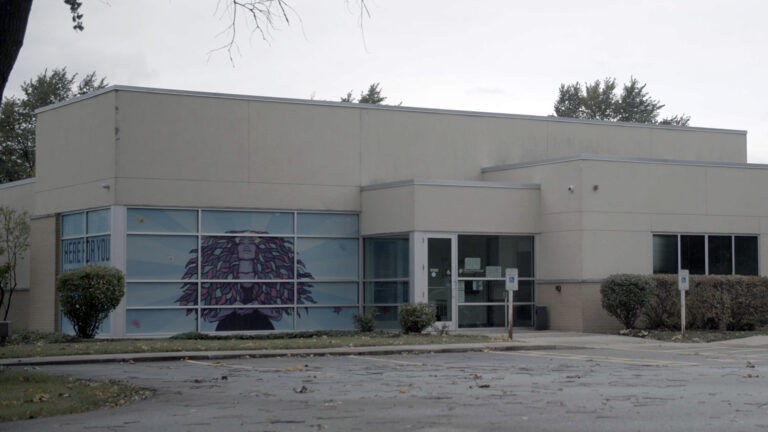
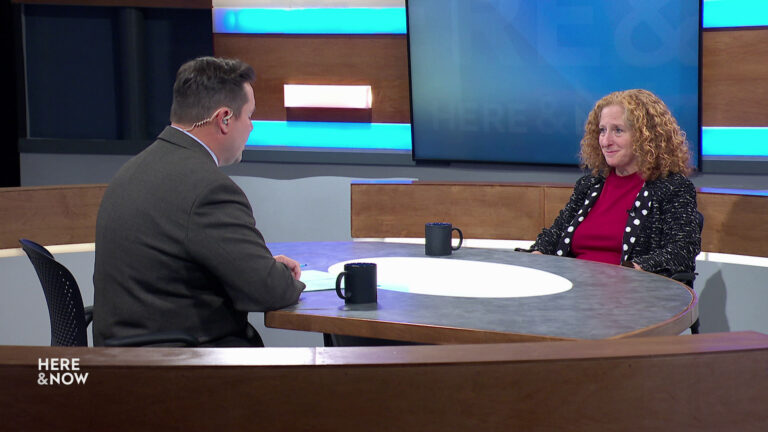
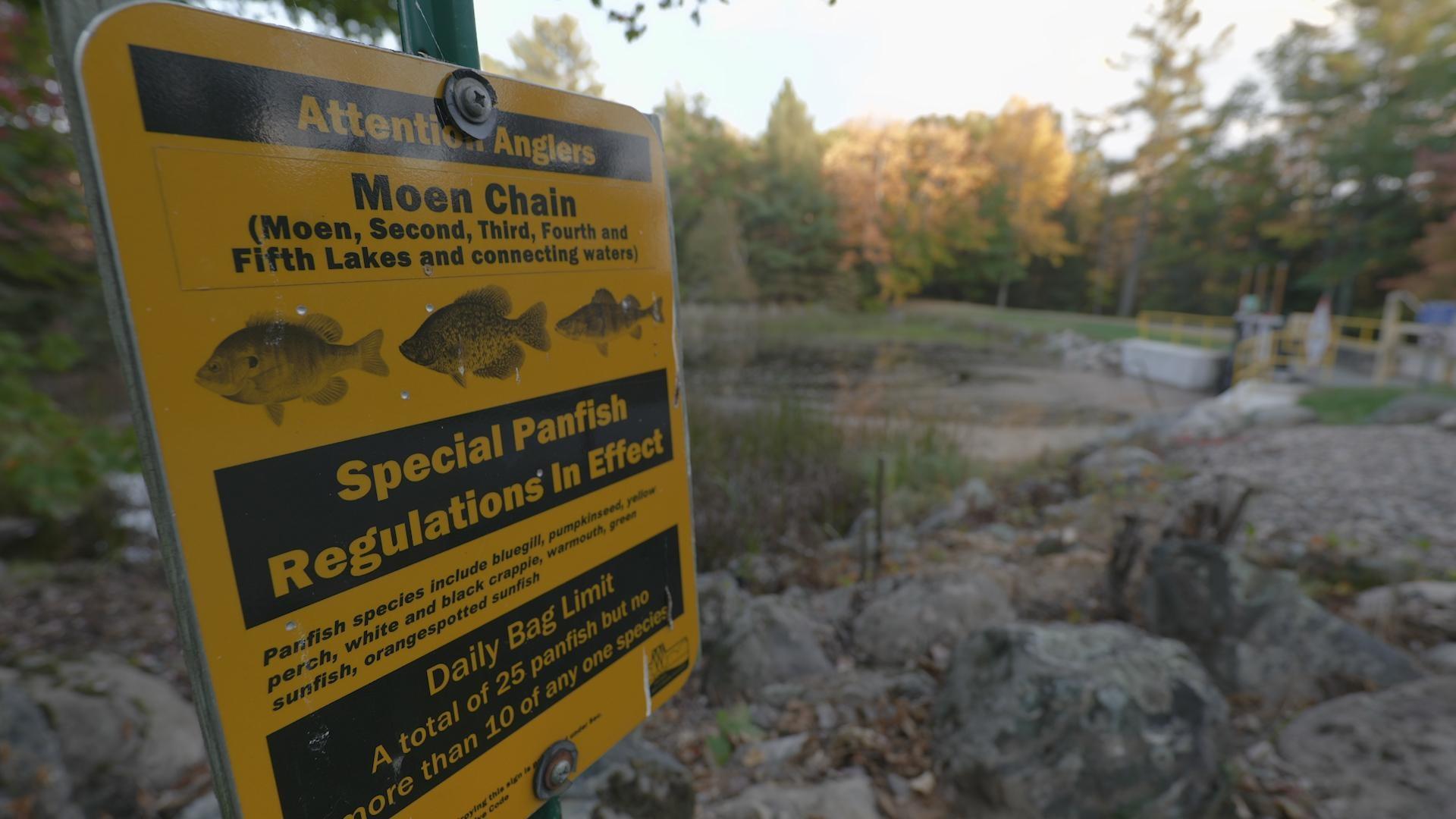
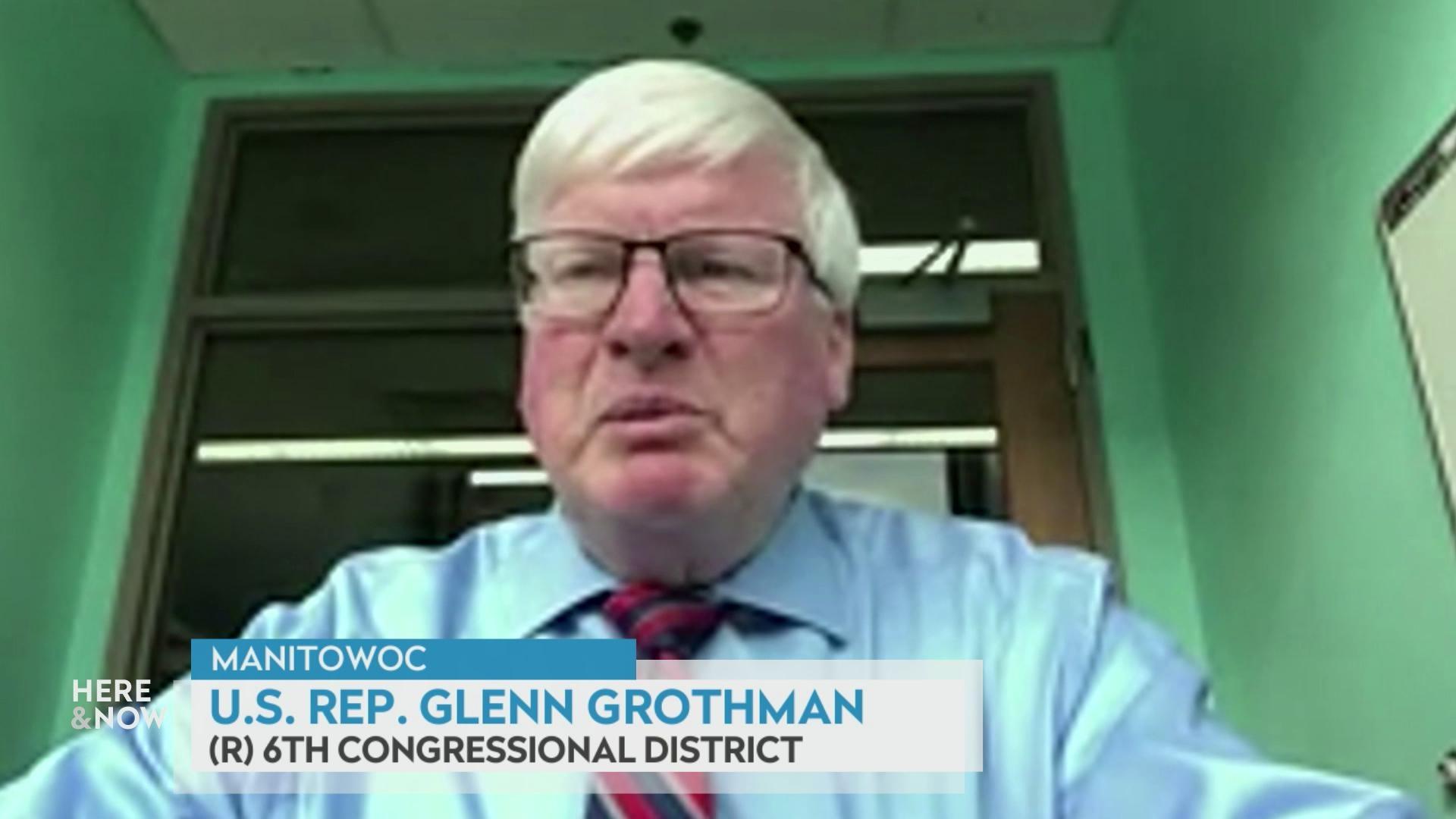
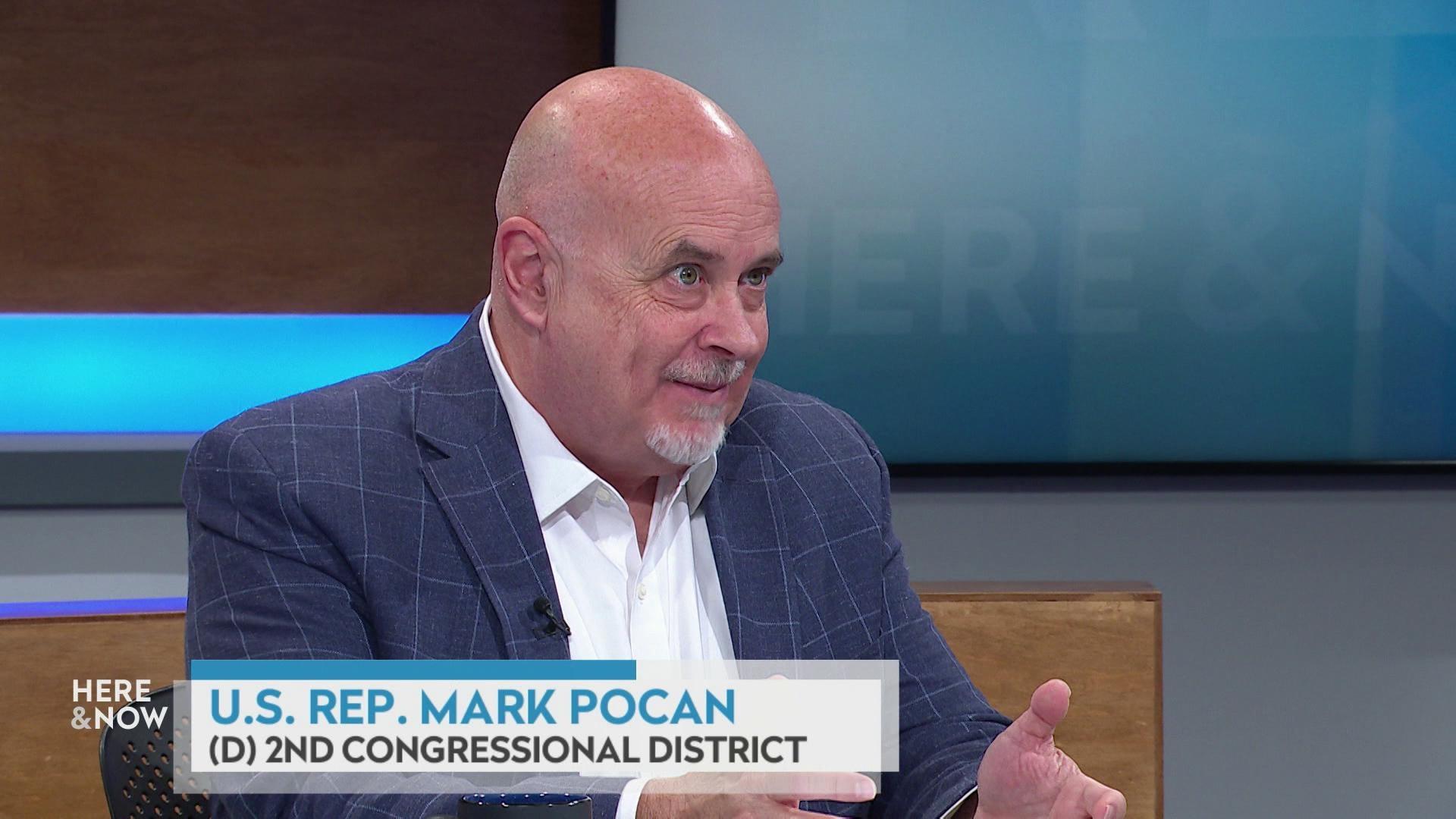
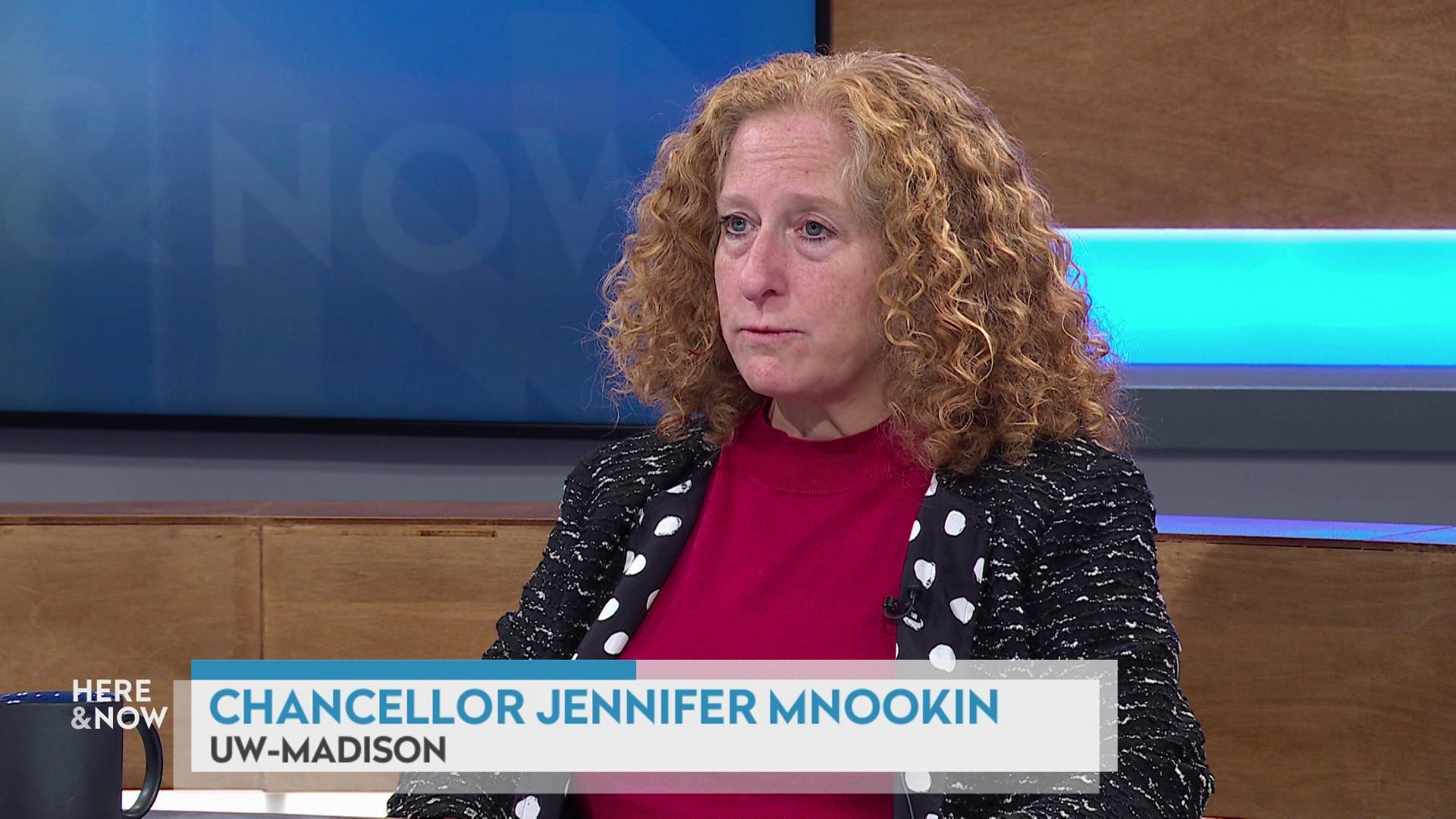
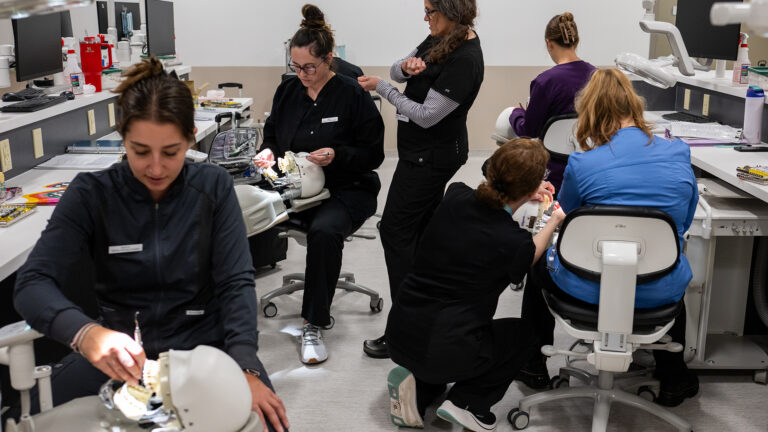

Follow Us